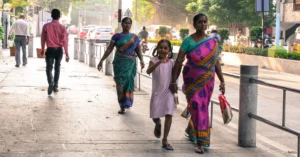With the intent to develop a long term behavioral change in citizens towards taking up walking and cycling, and to make city leaders as walking and cycling champions in each city, Smart Cities Mission, Ministry of Housing and Urban Affairs (MoHUA) has launched two unique national level Challenges for the first time: “Freedom 2 Walk & Cycle Challenge for City Leaders” & “Inter- City Freedom 2 Walk & Cycle Challenge for Citizens” between 1st to 26th January 2022. ITDP India is the knowledge partner of Smart Cities Mission for the two Challenges.
Freedom 2 Walk & Cycle builds on the success of the two national-level Challenges – India Cycles4Change Challenge and the Streets4People Challenge by MoHUA and ITDP India, which was launched in 2020 to encourage cities adopt a healthy walking and cycling culture, during the pandemic.

75 cities have registered so far for the Inter-City Challenge with over 12,600 citizens sign-ups. 66 cities and nearly 300 leaders comprising Commissioners, Additional/Joint/Deputy Commissioner, Smart City CEOs and Key SPV Officials have signed up so far for the city leaders Challenge.
The participants will be required to track their walk & cycle activities daily and best performing cities will be awarded. Citizens interested to join the Freedom 2 Walk & Cycle Inter-City Challenge can register for their respective city through the website: https://www.allforsport.in/challenges or through the registration links shared by the official social media handle of the city corporation.
“I have started cycling more often to work and for recreation over the last couple of years. Not only have I become more physically and mentally fit, it has given me a different perspective towards looking at the city and its needs. Cycling is a humble yet very powerful tool that can transform the cities we live in. I urge all city leaders and citizens to experience their cities through walk and cycle and become champions who inspire others’ _ Kunal Kumar, Joint Secretary, Smart Cities Mission, MoHUA

Background
As a part of Azadi Ka Amrit Mahotsav, MoHUA organized a successful nationwide campaign titled “Azadi Ka Amrit Mahotsav- Freedom 2 Walk & Cycle” between October 1-3, 2021. The 100 Smart Cities actively hosted over 220+ events, to promote walking and cycling. The events ranged from activities to empower women & children to walk and cycle, to bring more pedestrians and cyclists to the streets, testing temporary interventions and more.
What next?
If you are a citizen interested in taking part in Freedom2Walk&Cycle sign-up now on https://www.allforsport.in/challenges
Winners will be announced after January 26, 2022.
Watch this space for how cities and their leaders encourage the entire nation to get active and rise above the pandemic stronger and healthier.
Recent Blogs
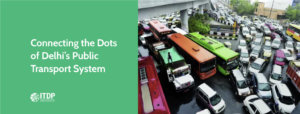
Connecting the Dots of Delhi’s Public Transport System
Find how the intricate network of Delhi’s public transport system and its ongoing efforts enhance connectivity, improve accessibility, and provide a seamless travel experience for millions of commuters in the bustling metropolis.”
Pune, Coimbatore and Chennai Selected as India’s ‘Smart Cities’
Pune, Coimbatore, and Chennai emerge as India’s Smart Cities, paving the way for sustainable urban development and innovative solutions. Explore their strategies and initiatives towards building smart and livable cities for the future.
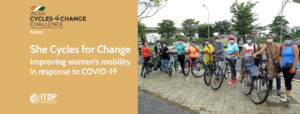
She Cycles for Change
Join us on a journey with inspiring women who are cycling for change. Discover their stories of empowerment, resilience, and how they are transforming cities by advocating for cycling as a sustainable mode of transport.
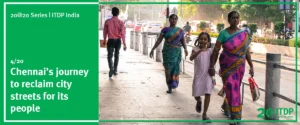
Chennai’s journey to reclaim city streets for its people
Chennai’s remarkable journey towards reclaiming city streets for its people. Uncover the inspiring initiatives and transformative efforts that are reshaping the urban landscape and prioritizing people-centered mobility.
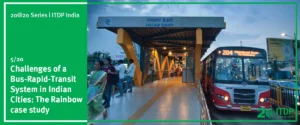
Challenges of a Bus-Rapid-Transit System in Indian Cities: The Rainbow case study
Learn from the Rainbow case study to understand the key considerations and solutions for building efficient and sustainable urban transportation systems.
Recent Blogs
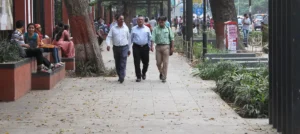
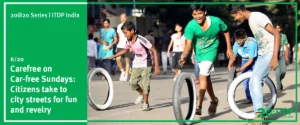
Carefree on car Free Sunday’s: Citizens take to city streets for Fun and Revelry
